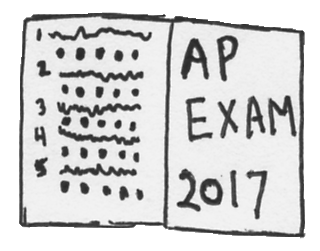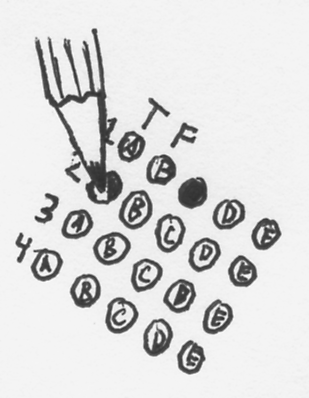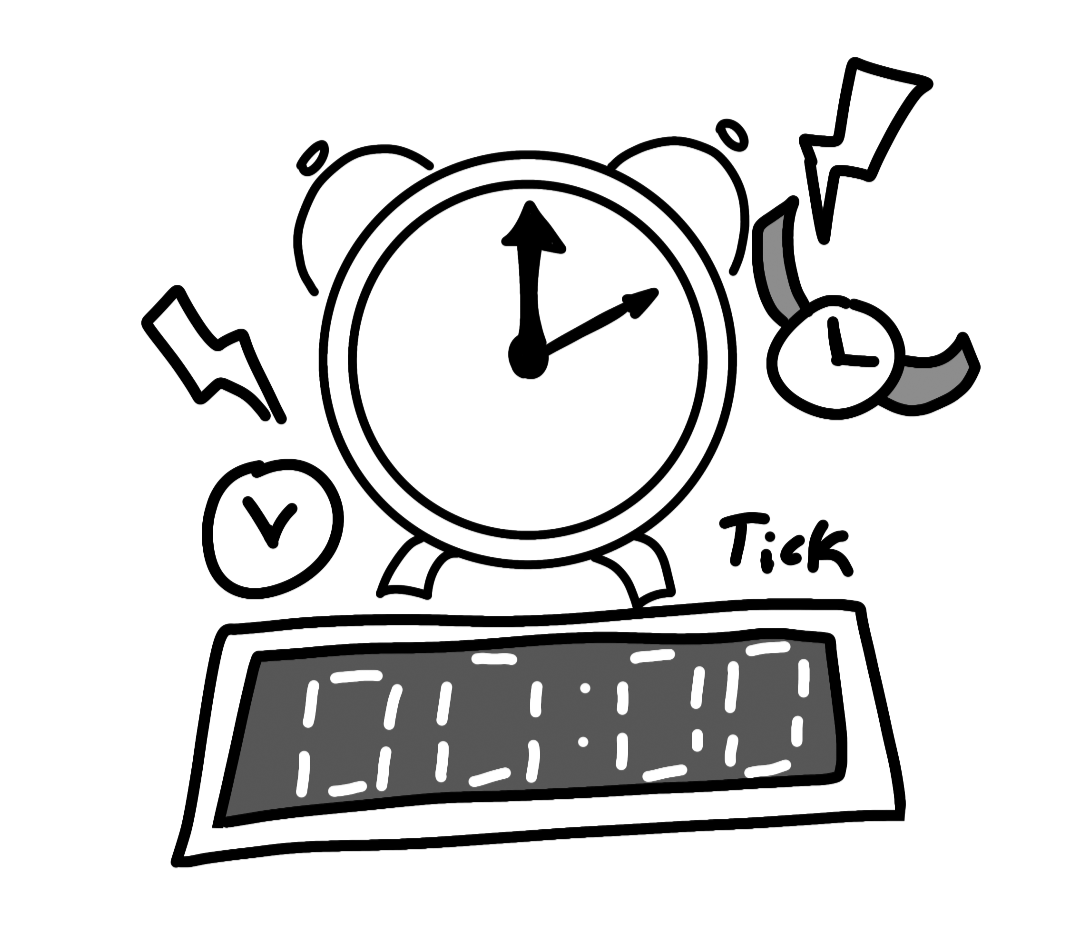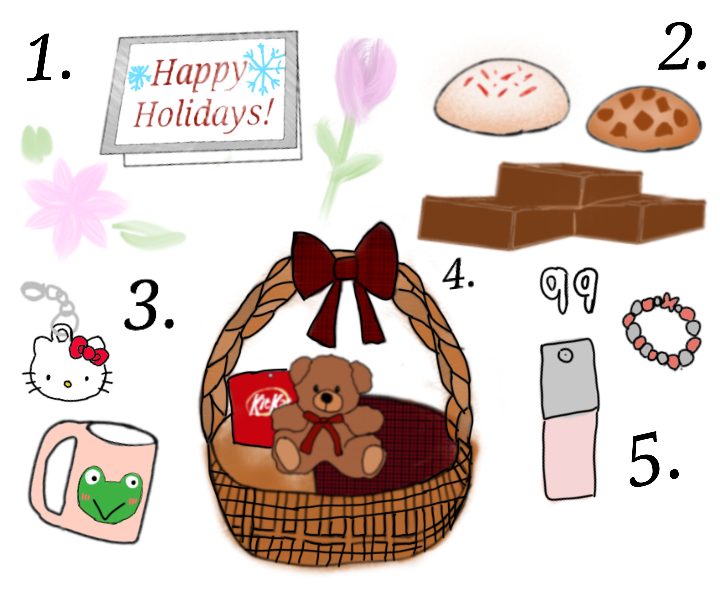
College Board is the organization in charge of the Advanced Placement (AP) program. AP exam scores are reported on a 5-point scale that indicates how qualified a student is to receive college credit (3 and above being qualified, but each college has the right to decide whether or not to grant credit). This year an AP test costs $93 and is around that cost every year.
Each student taking an exam receives an AP student pack that contains an eight digit number that is used for every test of theirs for that year. Students sign up for tests late Feb/early March on Total Registration through the MTHS portal located the the school homepage. Scores are available sometime in July but an account on the College Board website is needed to access them.
The first thing that needs to be done is deciding which AP tests are going to be taken. That decision depends on how many AP classes a student has, skill level, how much information the test covers, etc.
After that is making a list that has everything that needs to be studied. When writing a list of what needs to be studied, don’t just write the unit or chapter, write specific topics like simplifying trigonometric identities and list topics in order of what’s emphasized on the exam. It’s best to cover everything because the test might have a question on something obscure that wasn’t covered well or at all.
The next step is using that list to make a study schedule. Study schedules help keep students on track and less overwhelmed. Things that could be on a study schedule are the time frame, subjects and exam dates. Planning ahead helps get the most out of study sessions. But there can’t just be planning. Study schedules are meant to help students actually study not give the illusion of productivity.

There are many factors in order to decide on a time to study. Identifying the time of day that is usually free so that study sessions are at the same time helps productivity. Things to consider are things that need to be planned around, length of study sessions, number and difficulty of subjects, etc. Student could also identify the time of day that they work best in or the time that they are the most awake so that work is actually done and that information is retained.
Practice tests help students determine how much they actually know and how quickly they can answer questions. Knowing how quickly they can answers question is important in order to gauge if they can complete each section.
They also help build stamina in terms of focus. A big challenge with AP tests is staying focused throughout the entire thing because people can lose focus easily. The test is timed which means that focus is important to ensure that each question is answered and so that students have time to think about each question.
Practice tests of released exams are available on the College Board website. Scoring guidelines for short answer and essay questions are also there.
Many students study by trying to memorize facts, rather than understanding concepts.
Concepts include how things work or what they’re really about. For example, how the digestive system works and the function of each organ is an example of a concept. Once a concept is understood, it easily stays in long term memory.
Facts, on the other hand, are easily forgotten with time. A fact would be the names of the organs that are part of the digestive system. If a student memorized a definition but doesn’t understand what it means, then as soon as the information is shown in a different way, the student will have no idea how to proceed.
When studying, multi-tasking is not an option. Multi-tasking is used for activities such as putting a poster together, not for things that require focus.
However, switching between subjects is a good idea because after studying one subject for a long time students tend to lose interest or think they have retained that information. Switching between subjects allows students to retest themselves to make sure they fully know the material.
For multiple choice, it’s best to answer the questions you know first because all the questions are weighted the same.
For written portions, the quality of writing doesn’t matter as long as it is legible and cohesive. What matters is that the information is somewhere in the answer, so don’t worry about writing skills or making it perfect. However, making an outline helps with making it easier to understand. Outlines also give a starting point and guideline to help with writing.
For math problems, it is important to show all work because credit can be received for correct thinking if the person scoring the exam sees evidence of it on paper.









